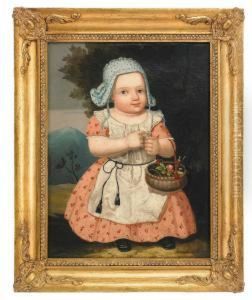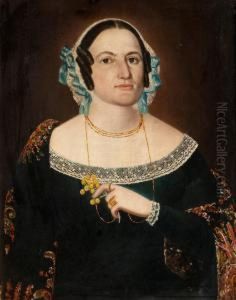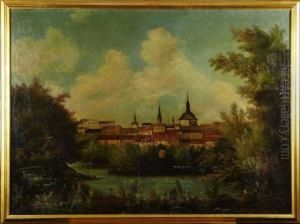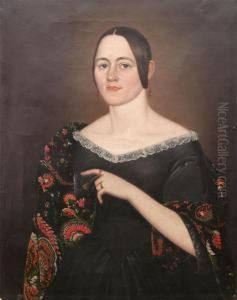Carl Johan Sjostrand Paintings
Carl Johan Sjöstrand was a Swedish sculptor born in 1828, in Stockholm, Sweden. He is recognized for his work during the 19th century, which often reflected the neoclassical style that was prevalent in European sculpture at the time. Sjöstrand studied at the Royal Swedish Academy of Fine Arts, an institution renowned for training many prominent artists and sculptors in Sweden.
During his early career, Sjöstrand honed his skills and developed a distinctive style that combined classical motifs with a more romantic sensibility. His ability to capture emotion and movement in his sculptures quickly gained him recognition in artistic circles. After completing his studies, like many artists of the era, Sjöstrand traveled to Rome, which was a center for artistic development and classical studies. The experience in Italy had a profound influence on his work, as he was exposed to the masterpieces of Renaissance and ancient art.
Sjöstrand's sculptures often featured mythological and historical subjects, executed with an attention to detail and an emphasis on the human form. His works were appreciated for their expressive qualities and technical proficiency. In Sweden, he became a respected figure in the art community and received commissions for public monuments and statues, which remain notable features in Swedish cities.
Among his notable works is the statue of the Swedish King Charles XIII, which stands in Kungsträdgården, a park in central Stockholm. This work exemplifies Sjöstrand's skill in capturing likeness and regal bearing, and it continues to be a celebrated piece of public art.
After a productive career, Carl Johan Sjöstrand passed away in 1906. His legacy is characterized by the way he brought classical themes into the context of Swedish culture, influencing the trajectory of sculpture in his home country. His works are studied and admired for their contribution to the neoclassical tradition and remain an important part of Sweden's cultural heritage.




